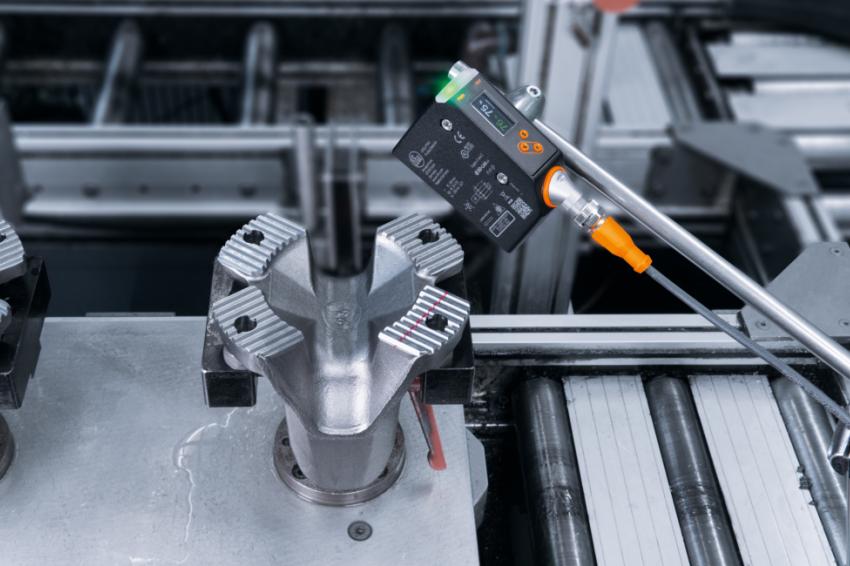Contour detection for inline quality controls
ifm
The PMD Profiler works according to the triangulation principle. The sensor projects a straight laser line onto the surface to be measured. The laser light is reflected and recorded by the receiving element (PMD chip) in the sensor. The contour sensor can detect the height profile of the object by means of an angular offset between the projection unit and the receiving element. The PMD Profiler measures in a range from 150 mm to 300 mm. The proportions of the recorded height profile are independent of the distance between the sensor and the object. This simplifies the alignment and positioning of the sensor.
The installation and configuration of the sensor is very easy. External lighting is just as unnecessary as shielding against extraneous light. The teaching-in of reference objects is carried out using the three buttons directly through the guided menu in the color display. A projected guide line makes it easier to determine the appropriate area on the object. As soon as the height profile of a reference object has been taught-in, objects can be compared with the taught-in contour. In this way, parts deviating from good parts can be identified. This inline quality control reduces rejects, as sources of error can be quickly localized and rectified. Good parts are signaled directly on the sensor via a switching LED. Additional information - for example the reject rate and the recorded object profiles - can be transmitted to higher-level systems via IO-Link.







